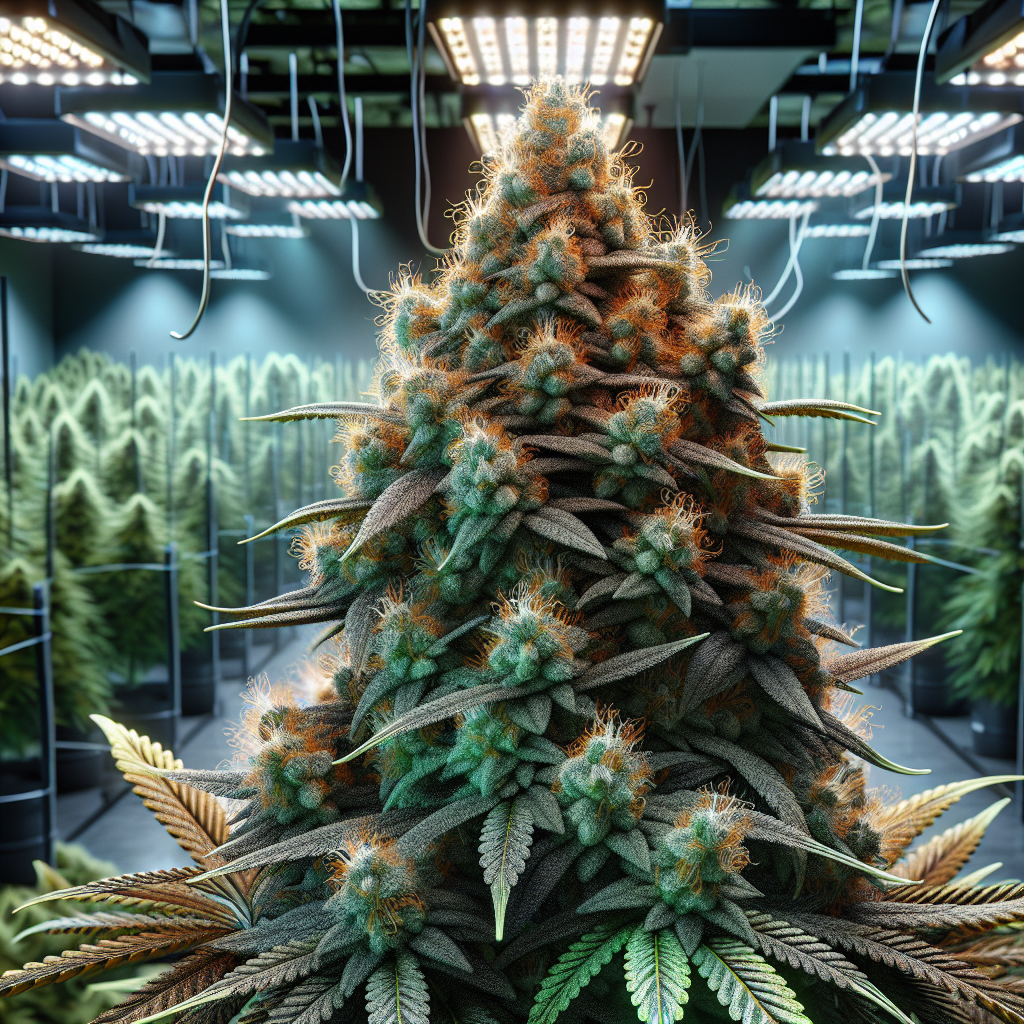The Green Bond: How Cannabis Cultivates Community and Connection Across the Globe
Cannabis has made waves across the globe, transforming from a stigmatized plant into a viable industry that contributes to economic growth, social change, and community development. As legalization spreads, cannabis cultivates community and connection among diverse populations, creating a unique cultural phenomenon rooted in inclusivity, wellness, and sustainability. This article explores how cannabis fosters community bonds and creates a global network of individuals united by the plant’s benefits and the shared experiences it engenders.
The Global Rise of Cannabis
The cannabis industry has experienced unprecedented growth over the past two decades. With over 60 countries legalizing cannabis for medical or recreational use, the plant has carved a niche in economies worldwide. In the United States, the legalization movement sparked discussions around social justice, economic parity, and public health.
Communities in Canada, Uruguay, and various U.S. states have reaped the benefits of taxation from legal cannabis sales, with funds often allocated towards public services like education, healthcare, and infrastructure. As a result, the cannabis sector drives local economies and empowers communities to lift themselves out of poverty and engage in progressive societal change.
Cannabis as a Catalyst for Community Engagement
Cannabis cultivates community in several key ways. The most significant of these is its ability to foster connections among consumers, advocates, cultivators, and entrepreneurs. Social gatherings surrounding cannabis—such as festivals, workshops, and community centers—serve as focal points for dialogue and cooperation around shared values, thereby strengthening social ties.
1. Events and Festivals
Cannabis-related events, such as music festivals, market days, and educational seminars, bring together diverse individuals who share a passion for the plant. These gatherings promote inclusivity and cultural appreciation, breaking stereotypes and encouraging dialogue around cannabis. They create a space for knowledge exchange while celebrating advocacy and lifestyle, be it through art, music, or educational content.
Festivals like the Emerald Cup in California and the CanEx Jamaica Business Conference showcase the potential of cannabis to promote interaction among farmers, business owners, and consumers. These events also often highlight local craft cannabis producers, fostering an appreciation for craftsmanship and elevating small business success.
2. Community Initiatives and Activism
As the cannabis industry becomes more mainstream, initiatives to enhance community impact thrive. Many cannabis companies participate in local non-profit work, establishing partnerships that engage stakeholders in meaningful projects. For instance, organizations like The Last Prisoner Project advocate for the release of individuals imprisoned for non-violent cannabis offenses, striving for social equity in a sector historically marked by racial and economic injustice.
Cannabis companies often contribute a percentage of their profits to community projects, funding local schools, health centers, and green spaces. This emphasis on corporate social responsibility demonstrates how cannabis cultivators and entrepreneurs are deeply invested in the communities they serve.
3. Empowering Minority Voices
The cannabis industry’s rapid growth provides a crucial opportunity for minority communities. The legalization movement has led to an ongoing discourse about reparative justice and representation. Initiatives are underway to ensure that minority-owned businesses have equitable access to the market through mentoring, funding, and cooperative business models.
Organizations such as Our Academy and Minorities for Medical Marijuana work to empower marginalized individuals, providing training and resources to help them navigate the cannabis landscape. These efforts cultivate community empowerment, create economic opportunities, and encourage diversity in the industry.
Cannabis and Connection in Health and Wellness
Cannabis is synonymous with wellness for many people. For centuries, the plant has been recognized for its medicinal properties, serving as a natural remedy for a myriad of ailments, from chronic pain and anxiety to epilepsy and PTSD. The growing acceptance of cannabis in health and wellness circles has newer dimensions to community connection.
1. Holistic Healing Practices
Cannabis is often incorporated into holistic health practices, emphasizing wellness through natural means. Yoga classes, meditation sessions, and wellness retreats have started including cannabis as a key element for relaxation and healing. These spaces foster a sense of belonging, bringing individuals together to explore mindfulness and intentional living.
Cannabis-infused product lines—from edibles to topicals—have surged in popularity as people share experiences and advice on wellness protocols. Blog posts, social media groups, and forums create robust online communities where individuals exchange recipes, product reviews, and personal journeys toward wellness.
2. Support Networks
The cannabis community is layered with support networks that address various facets of life, from chronic illness awareness to mental health advocacy. Many cannabis consumers find solace within communities centered around specific medical conditions, facilitating the sharing of experiences and coping strategies.
Online platforms, such as The Patients’ Alliance, connect individuals facing similar health challenges. In-person support groups further augment these connections, allowing for open conversation about the therapeutic benefits of cannabis. This shared vulnerability strengthens community bonds and fosters friendship among individuals who feel isolated and misunderstood.
3. Education and Knowledge Sharing
Education plays a vital role in normalizing cannabis and fostering community connections. With the plant’s complex profile of cannabinoids and terpenes, consumers are eager to learn more about its effects and uses. Workshops, webinars, and social media discussions allow novices and seasoned users to engage and share knowledge.
Non-profits and advocacy groups often host educational seminars on the medicinal benefits of cannabis, breaking down stigma and misconceptions. By advocating for a well-informed public, these initiatives encourage community cohesion based on shared understanding and support.
Sustainability and Stewardship
Beyond social connection, the cannabis industry recognizes its responsibility in environmental stewardship. As more companies prioritize sustainable cultivation practices and packaging technologies, the plant paves the way for a greener future.
1. Eco-Friendly Practices
Sustainable practices in cannabis cultivation, such as organic farming, water conservation, and energy-efficient growing methods, promote environmental health while supporting local economies. Many cultivators commit to regenerative agriculture, actively improving the land’s soil and biodiversity.
Community initiatives like community gardens incorporate cannabis cultivation, promoting food security, environmental education, and connection among neighbors. These efforts instill pride in residents while addressing larger societal issues, such as climate change, through actionable local projects.
2. Promoting Local Economy
The cannabis industry’s commitment to local sourcing and production promotes economic resilience. By prioritizing local products, consumers not only support their community but also reduce carbon footprints stemming from transportation. Farmers markets dedicated to local cannabis can foster connection, where consumers can meet producers and learn about cultivation methods firsthand.
3. Advocacy for Change
While cannabis has lasting benefits for communities, its growth can incentivize broader social and environmental advocacy efforts. Cannabis culture often aligns with progressive values, including social justice, environmental protection, and public health. This alignment propels individuals and organizations to become advocates not just for cannabis reform but for transformational change in various sectors.
The Future of Cannabis and Community
As the global cannabis landscape continues to evolve, the opportunities for community cultivation and connection will only become more robust. Proponents of cannabis recognize the need for continued advocacy and the importance of adapting to changes in legislation and public perception.
1. Responsible Advocacy
As cannabis becomes increasingly mainstream, community leaders must remain vigilant about advocating for responsible policies. Balancing the industry’s economic benefits with effective regulation that promotes public health and wellness will be key to ensuring long-term positive outcomes for communities.
2. Research and Innovation
Ongoing research into the benefits of cannabis will continue to shape legislative decisions and public perception. Increased funding for medical research can lead to new treatments and acceptance in the healthcare field, further entrenching cannabis as a wellness staple within communities.
3. Global Connections
The growth of the cannabis industry creates not just local connections but also international partnerships. This emerging global network promotes a diverse exchange of knowledge, culture, and resources, enabling communities to learn from each other’s successes and challenges.
Frequently Asked Questions (FAQ)
Q1: How does cannabis contribute to economic growth in communities?
Cannabis contributes to economic growth through job creation, tax revenue generation, and support for local businesses. Many communities use taxes from cannabis sales to fund public services, such as education and infrastructure.
Q2: What role does cannabis play in wellness and health?
Cannabis is recognized for its medicinal properties and ability to relieve symptoms associated with various conditions, including chronic pain, anxiety, and insomnia. This has led to a growing acceptance of cannabis in holistic health practices.
Q3: How can I get involved in my local cannabis community?
You can get involved by attending local events, joining community groups focused on advocacy, or supporting local cannabis businesses. Educating yourself and others about the benefits and responsible usage of cannabis can also foster community connection.
Q4: Is cannabis cultivation eco-friendly?
Yes, many cannabis cultivators prioritize sustainable farming practices, including organic methods, water conservation, and energy-efficient technologies. There are ongoing efforts to promote environmentally responsible cultivation within the industry.
Q5: What initiatives are there for social equity in cannabis?
Various organizations advocate for social equity in cannabis, including programs aimed at helping minority entrepreneurs access the market. Efforts also include expunging prior cannabis-related convictions to foster a more equitable industry.
Q6: Can cannabis create connections across different cultures?
Absolutely! The growing acceptance of cannabis facilitates connections among individuals from diverse cultural backgrounds. Events, festivals, and educational initiatives bring people together, fostering cross-cultural dialogue and understanding.
Conclusion
The cannabis movement is not just about the plant itself; it encapsulates a broader narrative of community, connection, and hope. As people increasingly recognize the potential of cannabis to benefit health, empower communities, and drive economic growth, they are also fostering shared experiences that will shape future generations. By encouraging inclusivity, support, and sustainability, the cannabis community continues to cultivate a greener world—one bond at a time.





